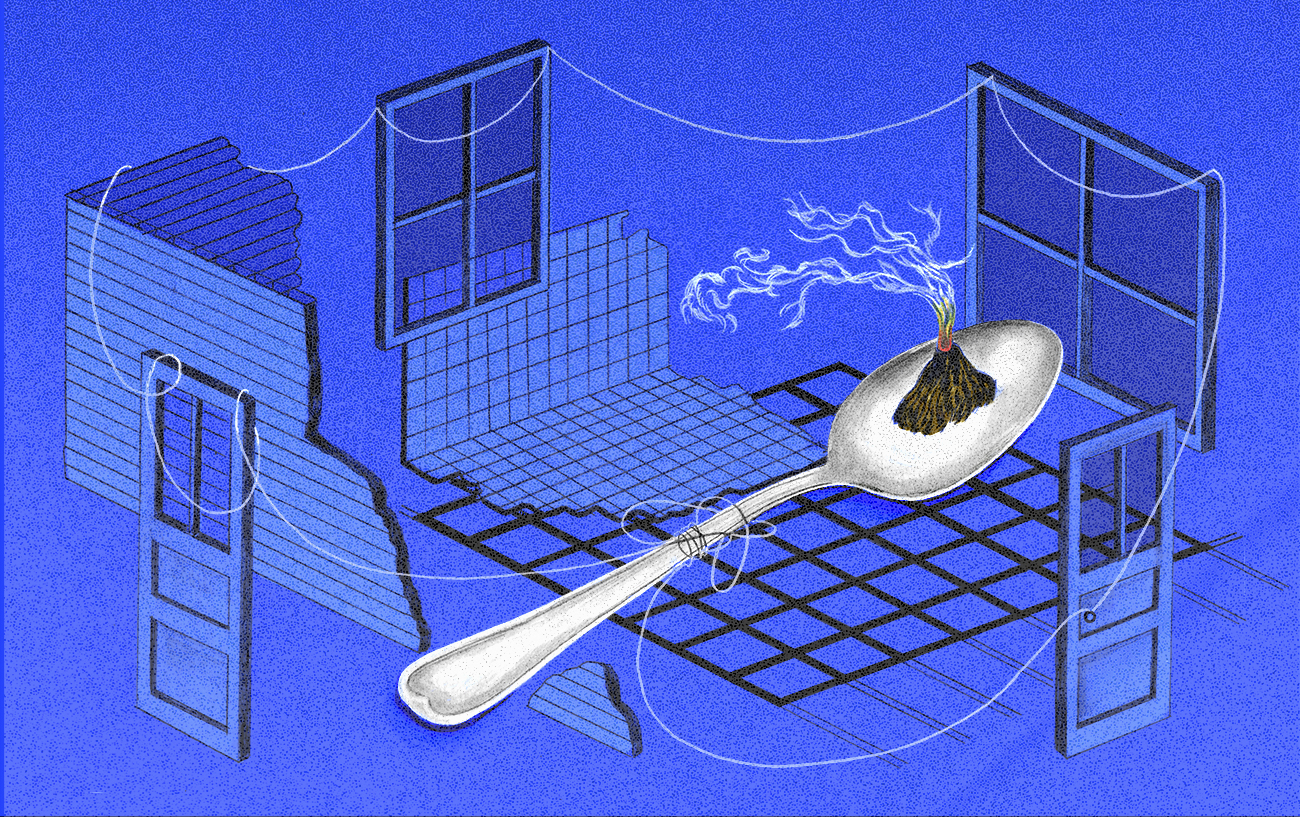
Unheard but Visible: The Silence of Illness
By Irina Poleshchuk | Image Pauliina Mäkelä
This photo was posted by Scott Mann on his Medium page. Mann took a picture of his mother-in-law, writing: “This, friends, is what greatness looks like in a quiet moment.” The powerful image grabs your attention immediately but also leaves me with a kind of paralyzed passivity. From the first instant the message I read is the experience of being ill. What does this mean to me when I look at the silent scene?
In anthropology, psychology and phenomenological philosophy, narratives have always been seen as fundamental ways to give meaning to traumatic experiences. Both verbal and visual narratives serve as symbolic mediators connecting the inner world of the self, sensations and emotions with observed social and medical reality. What does the visual narrative of illness express? Does visuality give more saturated senses than verbal narrative does?
Illness always has multiple meanings. It is total and speaks with many voices, engaging the entire environment while influencing perception, thinking, and embodied presence. In medical practice, the experience of illness is always objectified, classified, “treated,” maybe even “cured” but medical discourse also ignores the story of how to be ill. In The Illness Narratives: Suffering, Healing, and The Human Condition (1988), Arthur Kleinman notes that “one unintended outcome of the modern transformation of the medical care system is that it does just about everything to drive the practitioner’s attention away from the experience of illness”. In particular, chronic illness is more than the sum of definitions and it is more than just an object for medical practices of healing. It establishes a temporal relation between the individual experience of being ill and the course of life events involving sometimes unescapable social interactions. It is also a continuous relation of reciprocity and, at the same time, of being exposed. The chronic illness overtakes a life path when illness becomes a personal life story.
‘‘The image unfolds an existential pause, denuding the intimate silence of being together with chronic illness, not rejecting it and not forcing a cure, but allowing it to live in a habitual world of what is mine, in my everyday life practices and in forms of my being present.’’
The visual image of chronic illness serves as a symbolic bridge attempting to connect the body, the self, and society. This exposed and vulnerable visuality of being ill often brings to the surface unspoken processes, meanings and relationships which could either link our social environment with our experience of the self, or completely disconnect the embodied self from any relation with the world and others. The photo shows a moment when a woman is “waiting on oatmeal to cook for her daughter”. She does not see the photographer, who is capturing her moment of silent routine. She is sitting in a very ordinary kitchen environment; however, something more than ordinary appears in this image, something that does not conform to words or traditional narratives describing a story. The image unfolds an existential pause, denuding the intimate silence of being together with chronic illness, not rejecting it and not forcing a cure, but allowing it to live in a habitual world of what is mine, in my everyday life practices and in forms of my being present. The illness is intertwined with habitual objects of the kitchen environment. Paradoxical as it sounds, there are normative ways of being ill, ways that are accepted by our social values, and there are also abnormal and anomalous ways. Often, we are faced with expectations of how to be ill and to cope with life challenges brought on by chronic disease. How Mann’s mother-in-law experiences being ill stems from her unique biography.
The photograph portrays an experience where illness is seen not through the theoretical lens of science. Instead, it captures a moment of the “loud” silence that resonates when the person is not faced with the gaze of the other, of the medical practitioner or family member. The message is not about suffering or despair. It is a visualized silence of embodied presence of the lasting moment of now. The question becomes: “So what? Why does this story matter to me?” For the viewer, looking at the story of illness and witnessing the intimacy of silence, the picture involves a search of all possible meanings. There is always the gaze of a narrator – in this case the gaze of Scott Mann, the author of the photo – who can project the complete landscape of meanings, by telling a visual story in his way and giving it ethical content.
Does the narrator shape a moral perspective? Telling the visual story of illness is a practice of unsealing our world where the story is told. The visual configurations of the picture ground a presence of the view but also question and shake it. This visual narrative is something immediately lived rather than told; it is a subtle voice that transmits the possibility of being here.


David
Thanks for the post! Quite interesting and useful for people in pain to a better understanding. Looking forward for next post :-)